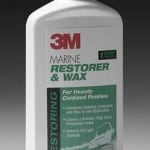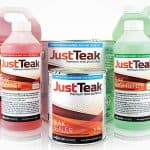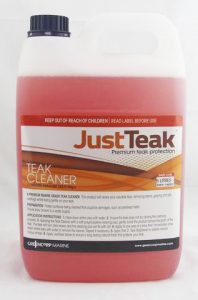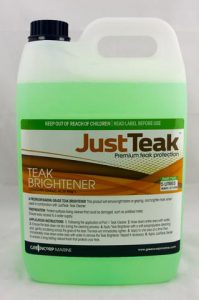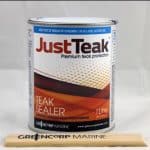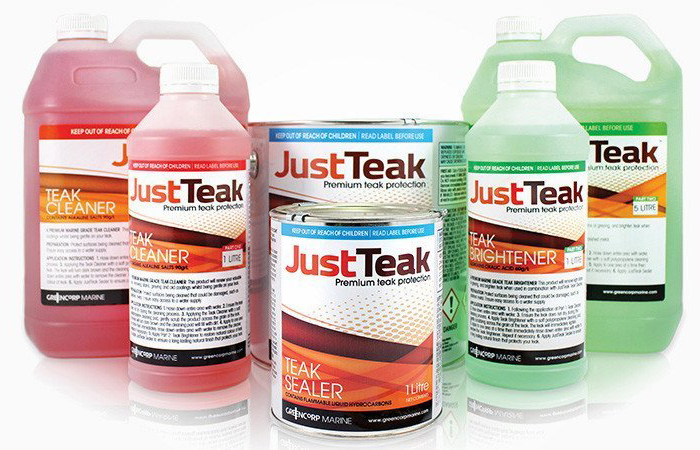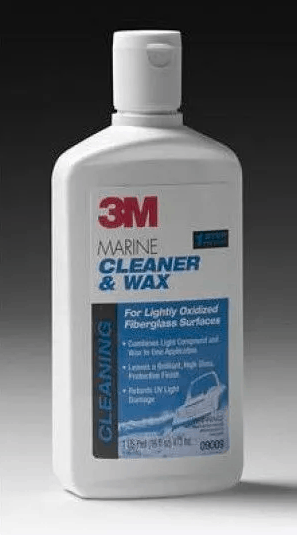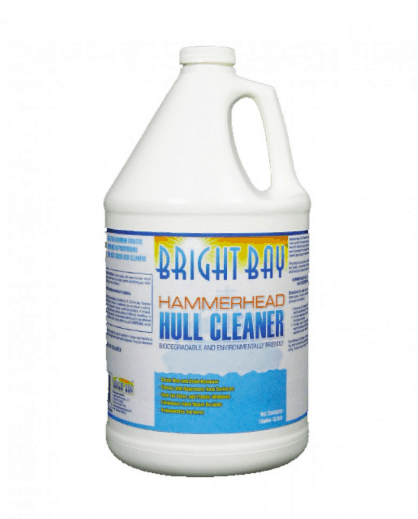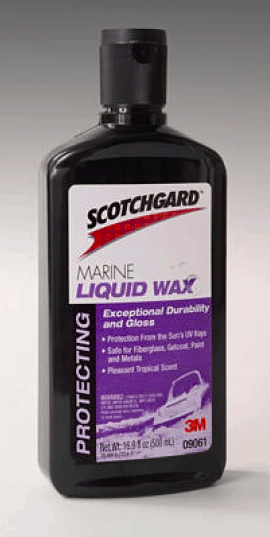Are your boat’s gauges not working properly? The good news is repairing gauges in a fiberglass boat can be a straightforward process if the damage is minimal and limited to the gauge itself. In this blog post we’ll cover how to repair it.
Tools and Materials Needed:
- Replacement gauge (if necessary)
- Screwdrivers
- Pliers
- Wire stripper and crimping tool
- Heat gun or lighter
- Electrical tape or heat shrink tubing
- Marine-grade adhesive/sealant (e.g., 3M 5200)
- Sandpaper (various grits)
- Fiberglass repair kit (if there are cracks around the gauge)
Step-by-Step Instructions:
Assess the damage
First start off by examining the gauge and the surrounding area for any visible damage. If the gauge is simply malfunctioning, you may not need to repair the fiberglass itself. However, if there are cracks or holes around the gauge, you’ll need to address those as well.
Disconnect the power
Make sure your boat’s electrical system is turned off, and disconnect the power to the gauge by removing the appropriate fuse or disconnecting the battery.
Remove the Old Gauge:
Use a screwdriver or pliers to carefully remove the screws or fasteners holding the old gauge in place. Gently pull the gauge out of its mounting hole.
Disconnect the Wiring:
Carefully disconnect any electrical wiring connected to the old gauge. Take note of the wire colors and their corresponding terminals.
Test the Replacement Gauge (if applicable):
If you have a replacement gauge, test it to make sure it works before installing it. Connect the wires according to the manufacturer’s instructions and verify that it functions properly.
Prepare the Mounting Hole:
If the old gauge left any adhesive or sealant residue in the mounting hole, clean it thoroughly. Sand the edges of the hole lightly to create a clean, rough surface for better adhesion.
Install the Replacement Gauge:
Connect the wires to the corresponding terminals on the new gauge. Use crimp connectors and cover the connections with heat shrink tubing or electrical tape to protect against moisture. Insert the new gauge into the mounting hole and secure it with screws or fasteners.
Seal Around the Gauge:
Apply a marine-grade adhesive/sealant (such as 3M 5200) around the edges of the gauge where it meets the fiberglass. This will create a watertight seal and prevent moisture from getting behind the gauge.
Reconnect Power:
Reconnect the power to the gauge by reinstalling the appropriate fuse or reconnecting the battery.
Test the Gauge:
Turn on the boat’s electrical system and test the new gauge to ensure it’s functioning correctly.
Repair Cracks (if needed):
This typically involves sanding, applying fiberglass resin, and/or a fiberglass Fiberglass Chopped Strand Mat and allowing it to cure.
If there were cracks or damage in the fiberglass surface around the old gauge see our How to Repair a Fiberglass Boat: A Step By Step Guide.
Final Inspection:
Once the repair is complete and the adhesive/sealant has cured, inspect the area around the gauge to ensure there are no visible cracks or gaps.
By following these steps, you should be able to repair or replace gauges in your fiberglass boat. If you’re unsure about any aspect of the repair or if the damage is extensive, consider consulting a professional boat repair technician for assistance.


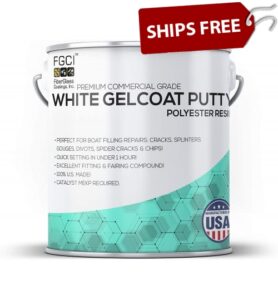
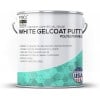

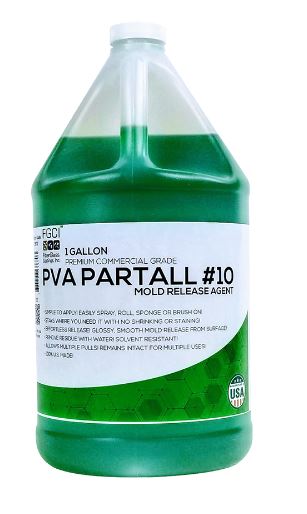

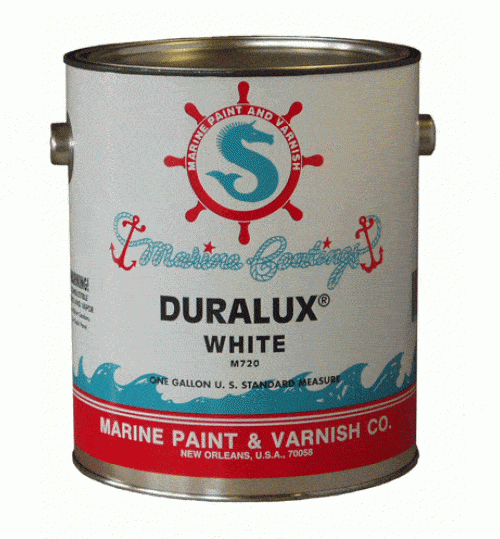
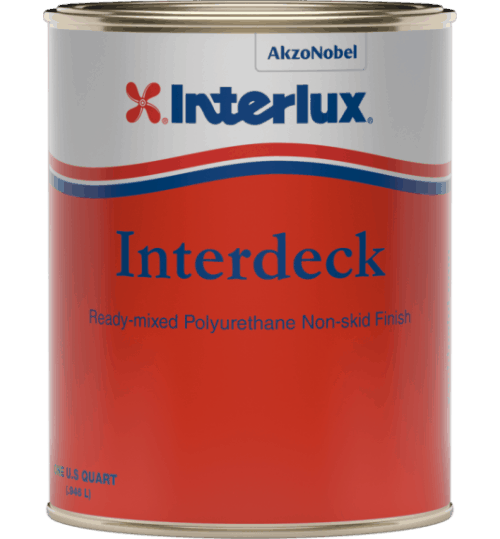
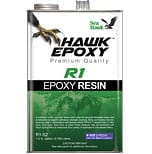 What is the best way to achieve maximum adhesion when replacing your boat’s hardware? This How To article will give you the basic knowledge you need to get your repair done correctly.
What is the best way to achieve maximum adhesion when replacing your boat’s hardware? This How To article will give you the basic knowledge you need to get your repair done correctly.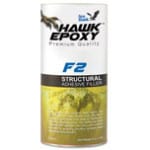
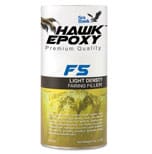
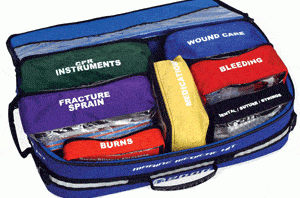
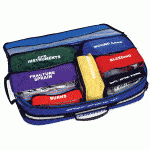

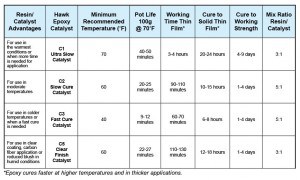
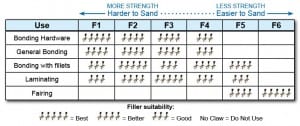
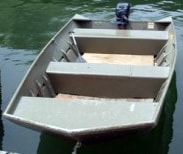 How to Fix a Leaking Seam or Rivet on Aluminum Boat
How to Fix a Leaking Seam or Rivet on Aluminum Boat
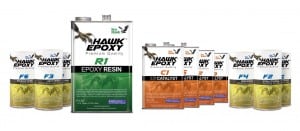 Make sure the blisters are thoroughly drained and grind them deep enough to remove any damaged material beneath the gelcoat. Increase size of ground area as needed until all the laminate around the blister is sound. Clean the entire area and allow it time to dry.
Make sure the blisters are thoroughly drained and grind them deep enough to remove any damaged material beneath the gelcoat. Increase size of ground area as needed until all the laminate around the blister is sound. Clean the entire area and allow it time to dry.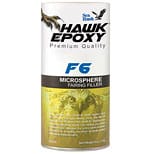 The filler recommended for blister repair is F6 MicroSphere Fairing Filler.
The filler recommended for blister repair is F6 MicroSphere Fairing Filler. 